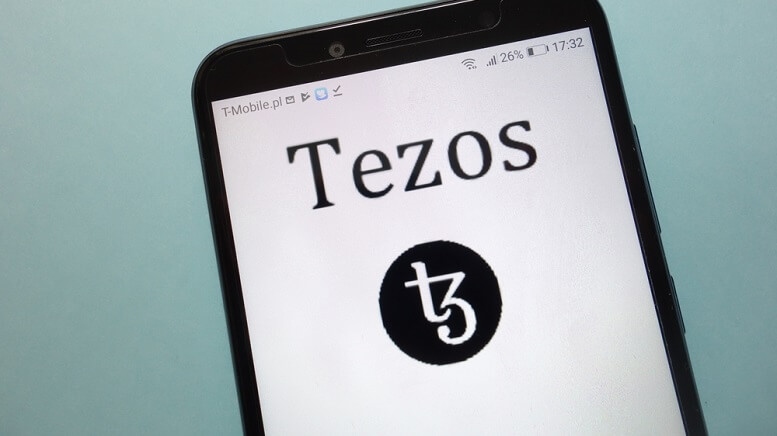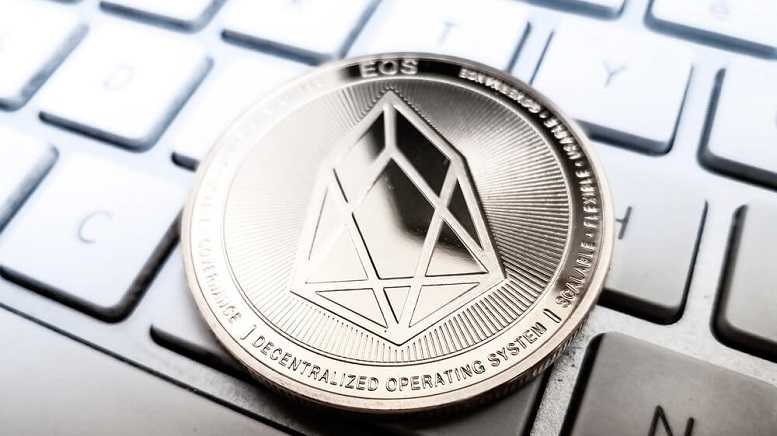Bybit Surges to 50 Million Users in 40 Days, Leading Web3 and Global Compliance
This post was originally published on this site
DUBAI, UAE, Sept. 26, 2024 /PRNewswire/ — Bybit, the world’s second-largest crypto exchange by trading volume, is delighted to announce a major milestone as its registered user base surpasses 50 million worldwide. This extraordinary achievement underscores Bybit’s rapid growth and solidifies its position as a preferred platform for millions of crypto enthusiasts and traders globally.

Strengthening Global Compliance
Bybit has made significant strides in strengthening its global compliance efforts. The platform has actively engaged with local authorities in key markets such as Dubai, Netherlands, Turkey, and Kazakhstan, fostering collaborative relationships and ensuring adherence to regulatory standards. These initiatives underscore Bybit’s commitment to operating in a transparent and responsible manner.
Leading the Web3 Revolution
Bybit’s commitment to driving Web3 adoption remains unwavering. The platform’s Web3 team has achieved a remarkable feat, expanding its integration to over 130 million wallet addresses across 30+ chains. This expansion demonstrates Bybit’s dedication to providing users with access to a diverse range of decentralized ecosystems and opportunities. In the upcoming World Series of Trading (WSOT), Bybit’s DEX Wave will feature over 100 partners, including prominent names like Yescoin, Bonk, Catizen, Navi Protocol, Blackcardcoin, and Character X. Traders will have the unique opportunity to explore more than 1 million decentralized tokens, ranging from DeFi projects and GameFi assets to memecoins
Engaging Livestream Events
Bybit has also continued to foster community engagement through its popular livestream events. These interactive sessions offer users valuable insights into trading strategies, market trends, and the evolving crypto landscape. By providing educational content and fostering a sense of community, Bybit has enhanced user experience and driven growth.
Ben Zhou, Co-founder and CEO of Bybit, stated, “Reaching 50 million users represents the trust and enthusiasm of our community. We are grateful for the overwhelming support we have received and remain committed to delivering innovative solutions that enhance our users’ trading experiences. Our Web3 team’s achievements and our ongoing commitment to global compliance demonstrate our dedication to fostering a secure and reliable trading environment.”
Key Highlights:
- 50 Million Users: Bybit has achieved a significant milestone with over 50 million registered users.
- Web3 Leadership: Bybit’s Web3 team has integrated with over 130 million wallet addresses across 30+ chains.
- WSOT 2024: The platform will host the DEX Pro competition, featuring over 100 partners and 1 million+ decentralized tokens.
- Global Compliance: Bybit has strengthened its compliance efforts in a wide array of markets, including Dubai, Netherlands, Turkey, and Kazakhstan.
- Engaging Livestreams: Popular livestream events provide valuable insights and foster community engagement.
- Bybit remains steadfast in its mission to provide a secure, reliable, and user-friendly trading environment while continuously innovating to meet the needs of its vibrant community.
#Bybit /#BybitWeb3 / #Bybit50M
About Bybit
Bybit is the world’s second-largest cryptocurrency exchange by trading volume, serving over 50 million users. Established in 2018, Bybit provides a professional platform where crypto investors and traders can find an ultra-fast matching engine, 24/7 customer service, and multilingual community support. Bybit is a proud partner of Formula One’s reigning Constructors’ and Drivers’ champions: the Oracle Red Bull Racing team.
For more details about Bybit, please visit Bybit Press.
For media inquiries, please contact: media@bybit.com
For more information, please visit: https://www.bybit.com
For updates, please follow: Bybit’s Communities and Social Media
Discord | Facebook | Instagram | LinkedIn | Reddit | Telegram | TikTok | X | Youtube
Logo – https://megastockalert.com/wp-content/uploads/2024/03/Logo.jpg
![]() View original content:https://www.prnewswire.co.uk/news-releases/bybit-surges-to-50-million-users-in-40-days-leading-web3-and-global-compliance-302259397.html
View original content:https://www.prnewswire.co.uk/news-releases/bybit-surges-to-50-million-users-in-40-days-leading-web3-and-global-compliance-302259397.html

Featured Image: depositphotos @ ilolab 3















